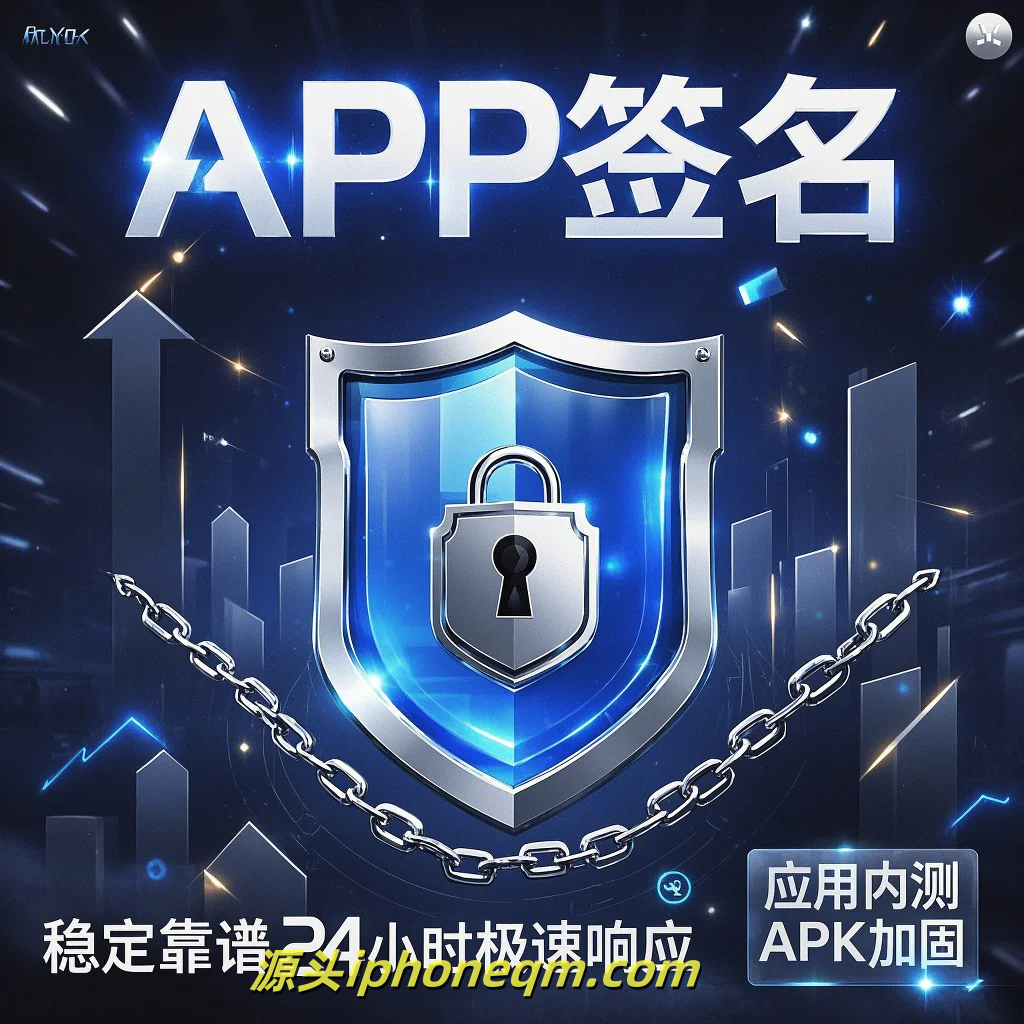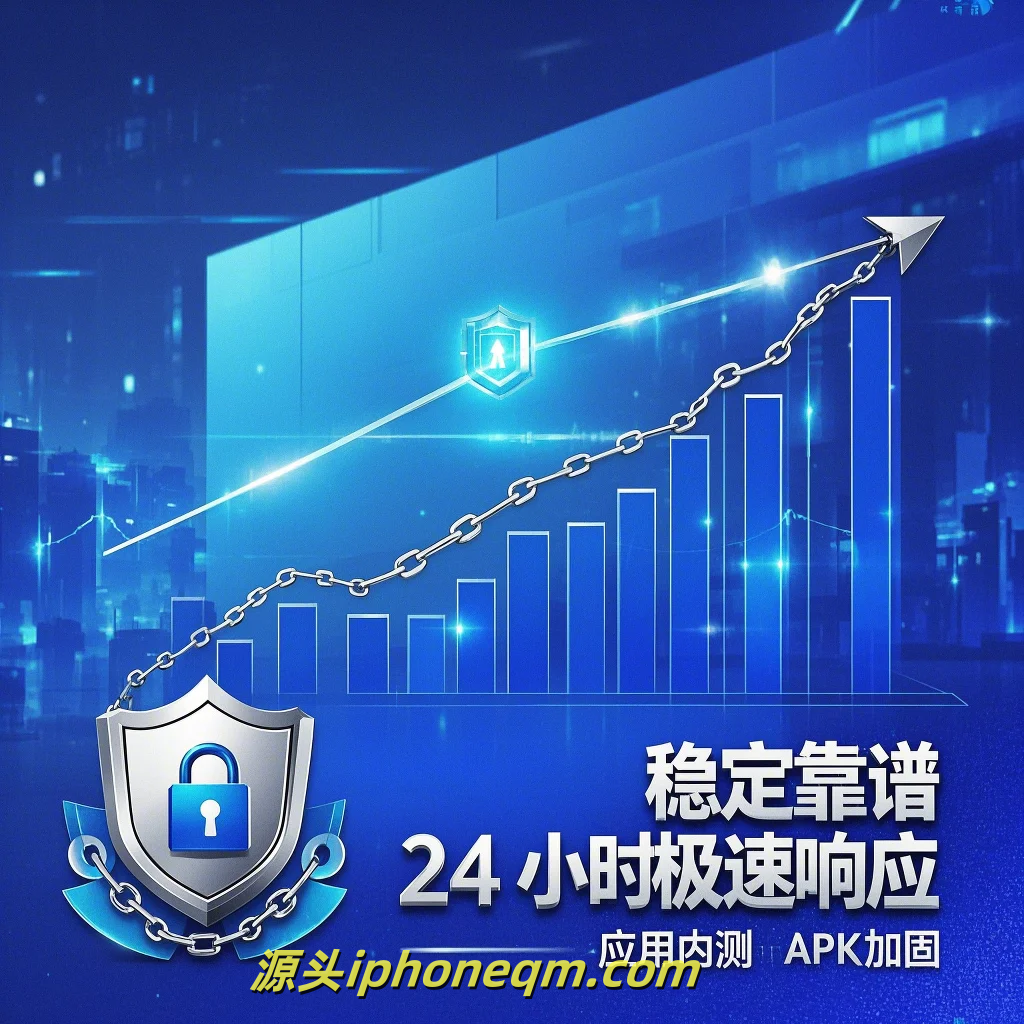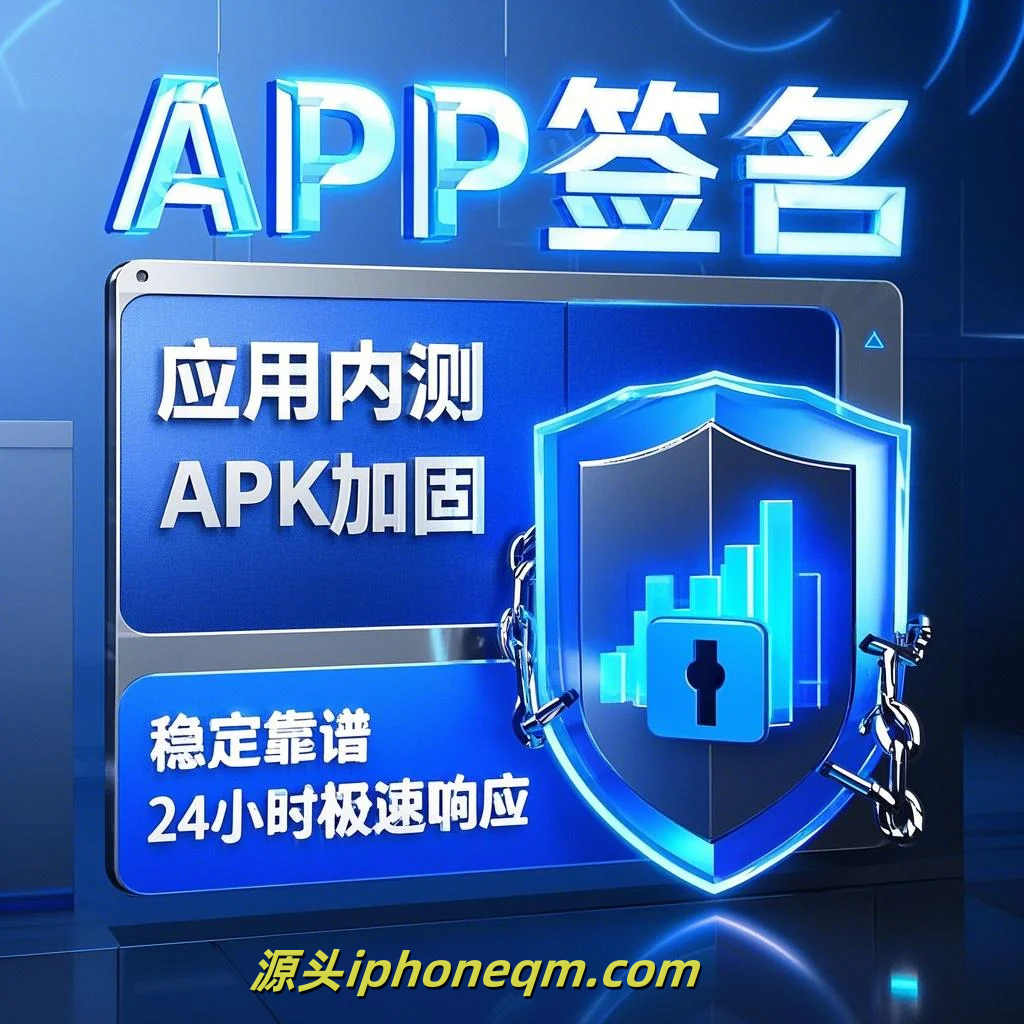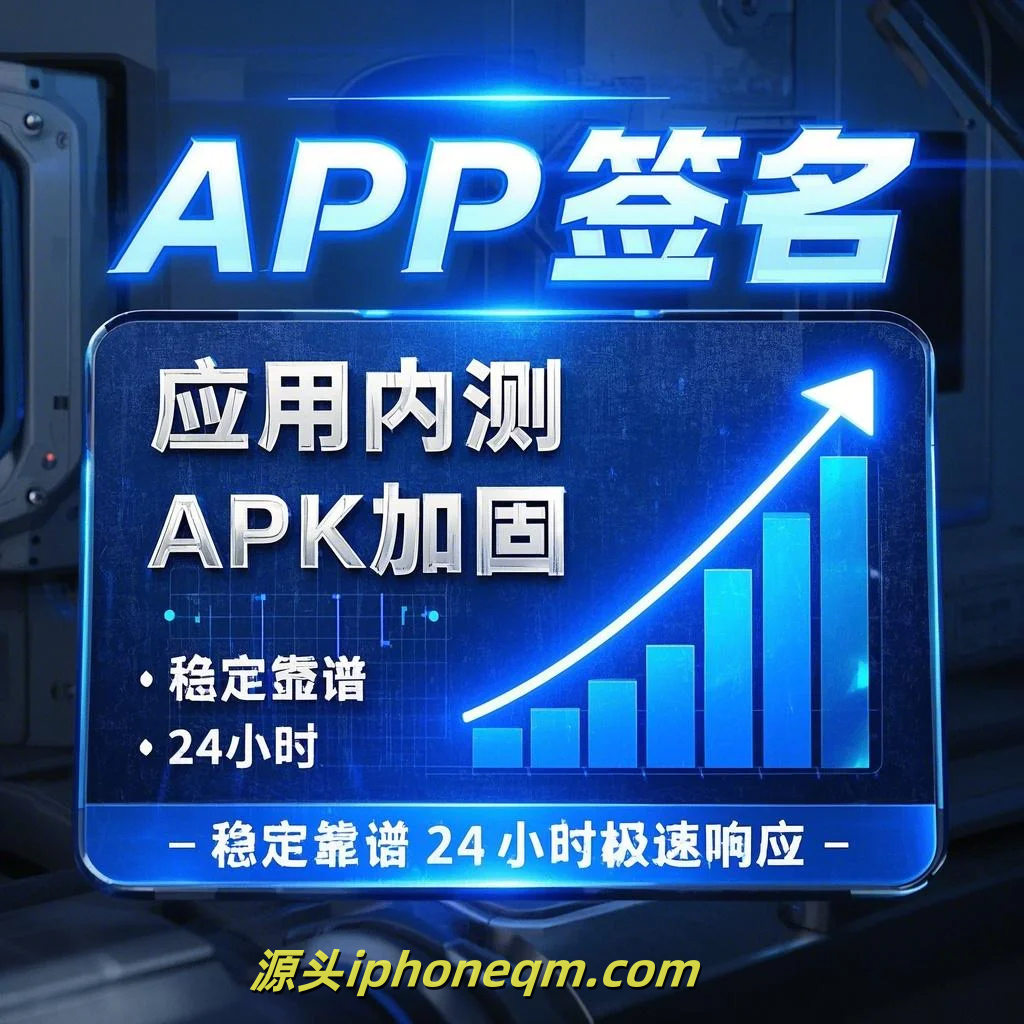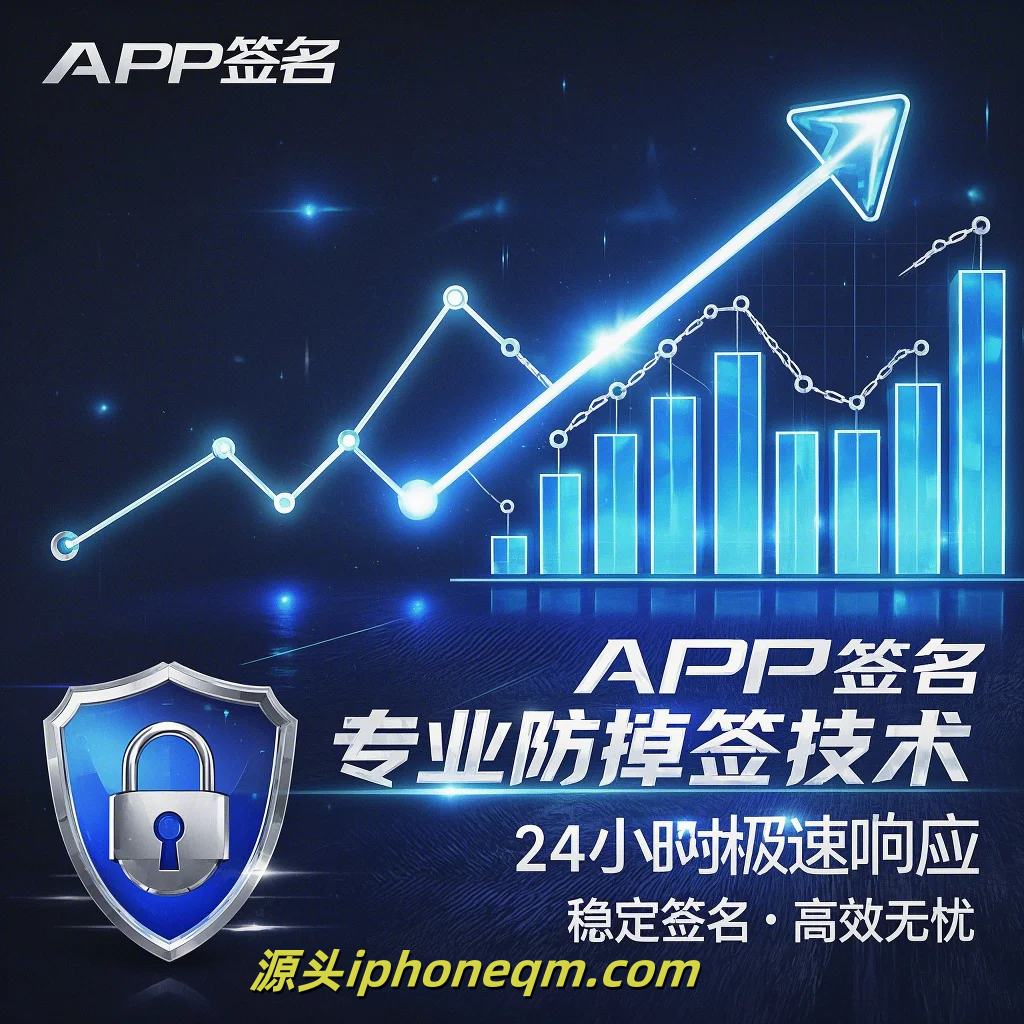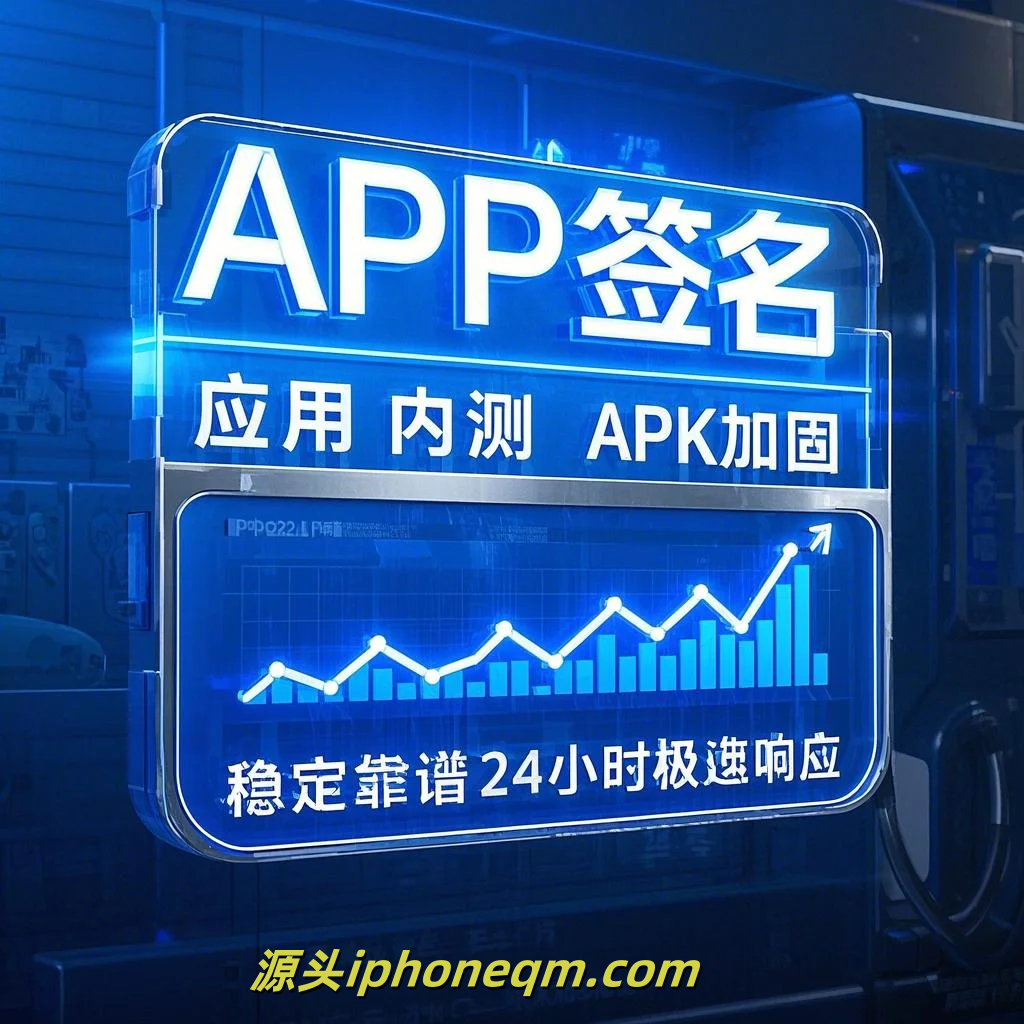Simplifying the iOS App Signing Process
In the fast-paced world of app development, efficiency is key. One area that often causes frustration, particularly for developers working outside of the Apple ecosystem, is the iOS app signing process. Understanding and simplifying this process is crucial for faster development cycles, fewer errors, and a smoother overall experience. In this article, we will break down the iOS app signing process, discuss its challenges, and explore potential solutions to simplify it.
First, let's understand what app signing is. The iOS app signing process is a form of verification. When developers build their apps, they must sign them with a valid certificate and an associated provisioning profile. This verifies that the app comes from a trusted source and that it has permission to run on specific devices. Without this step, users would be unable to install the app on their devices, resulting in wasted time and resources.
One of the primary challenges in the app signing process is the complexity of Apple's certificate system. Developers need to create certificates, configure provisioning profiles, and handle codes signing identities. For developers working in regions where Apple has less support, this process can feel overwhelming. They might face difficulties just accessing the necessary resources to obtain the certificates and profiles, leading to delays in app releases.
Moreover, the combination of managing multiple certificates, updating them periodically, and ensuring that the correct provisioning profiles are being used can create a chaotic environment. This complexity can easily lead to mistakes, resulting in errors that can prevent an app from being deployed on target devices or sent to the App Store.
So, how can we simplify this intricate process? One effective approach is to automate where possible. Tools like Fastlane can significantly reduce the manual workload. Fastlane is an open-source tool that automates the tedious aspects of app deployment and signing. With Fastlane, developers can streamline the setup and management of provisioning profiles and certificates. This means less time spent on the signing process and more time focusing on developing and improving the app.
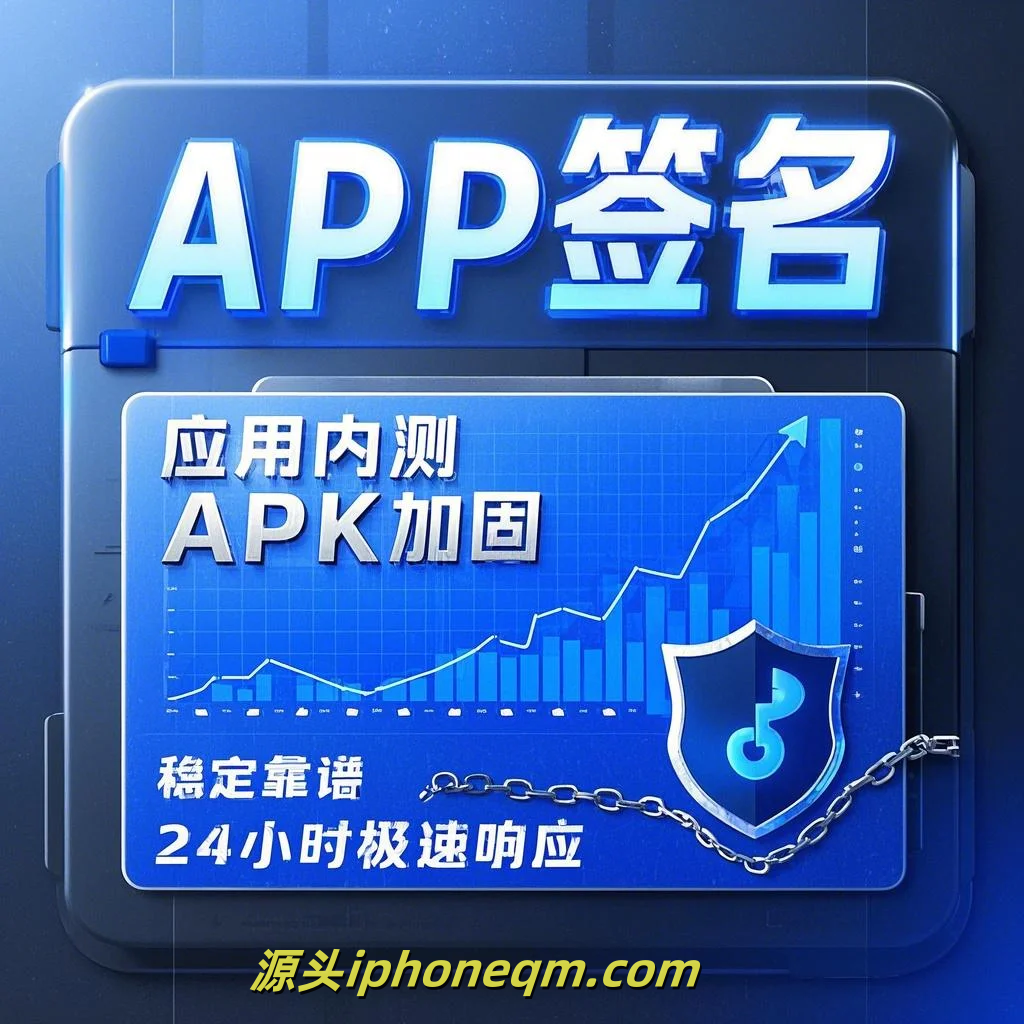
Another strategy is to use third-party services that help manage the certificate and profile generation. Services like Buddybuild or App Center provide a platform where developers can manage their builds and deployments without needing to interact directly with Apple's signing process. These platforms often provide a more intuitive interface for handling builds while allowing developers to maintain control over their code.
Additionally, adopting a continuous integration and continuous deployment (CI/CD) workflow can also improve efficiency in the app signing process. By integrating automated build and deployment pipelines, developers can ensure that signing happens seamlessly alongside testing and deployment. This integration reduces the chances of human error and ensures that all necessary certificates and profiles are correctly applied to each build.
Lastly, education is vital. Developers should take the time to familiarize themselves with Apple's developer documentation and best practices regarding app signing. Following forums or online communities can also provide insights and tips that can make the signing process easier.

In conclusion, simplifying the iOS app signing process is not just about making life easier for developers; it's about enhancing productivity and ensuring that high-quality apps reach users quickly. By automating tasks, leveraging third-party services, adopting CI/CD workflows, and prioritizing education, developers can navigate the complexities of the app signing process with greater ease, ultimately leading to faster and more reliable app deployments. As more developers embrace these strategies, the iOS app development landscape will become more approachable and efficient for everyone.
扫描二维码推送至手机访问。
版权声明:本文由MDM苹果签名,IPA签名,苹果企业签名,苹果超级签,ios企业签名,iphoneqm.com发布,如需转载请注明出处。

